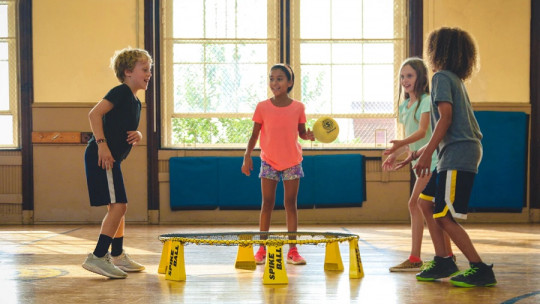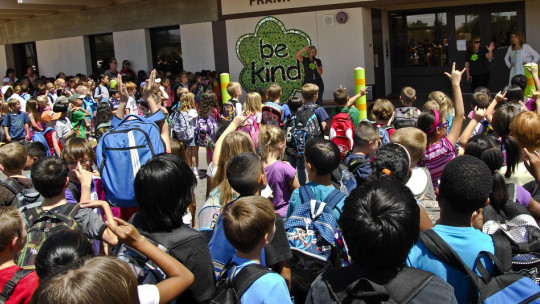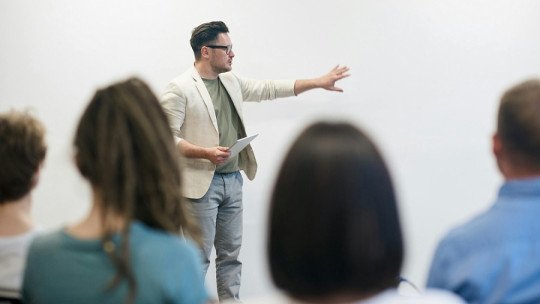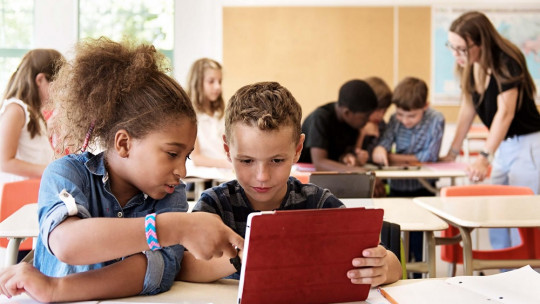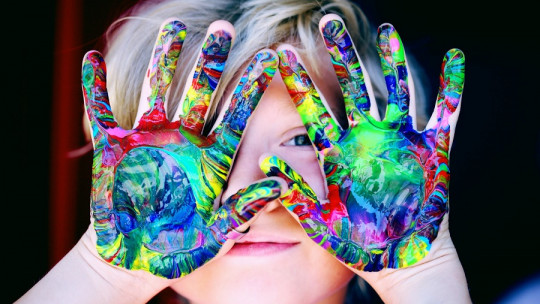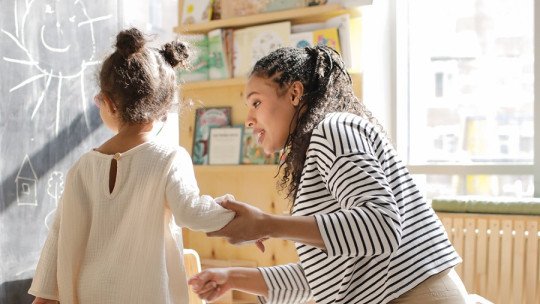
Today, we all know that there is no equity in education around the planet; Not all people receive a quality education that increases the possibilities of a future job and general well-being in all aspects of life.
It may seem overly ambitious, but achieving quality education for everyone is one of the Sustainable Development Goals in the 2030 Agenda. This amounts to an education system that focuses on students, either individually or in groups, who may be excluded or vulnerable in the academic environment, decreasing their possibilities of developing different skills and potentials.
What is inclusive education for?
In this article we are going to tell you what inclusive education is and what it is for, what objectives it focuses on and in what ways it can be applied in the classroom. Whether because you are dedicated to teaching or because you are moved by issues related to discrimination against the most disadvantaged people, this article will help you understand this type of education and learn about realities from which you may feel distant.
UNESCO data
According to a UNESCO report at the end of 2022, more than 259 million boys and girls are not in school around the planet. While girls have more difficulties accessing education and are more likely to stop attending class, boys are at greater risk of repeating a grade, not progressing or dropping out halfway through. It is important to consider that 84% of boys and girls who do not go to school live in countries with prolonged humanitarian crises On the other hand, six out of ten children do not acquire, after years of schooling, basic skills in reading, writing and calculation, which can perpetuate poverty and marginalization.
What does inclusive education seek?
Inclusive education has been presented as a comprehensive and renewed education model that seeks to identify and cover the educational needs of all children, young people and adults, taking special consideration for cases in which there may be a risk of social exclusion or marginalization It is based on the belief that education is a fundamental human right enshrined in the 1989 Convention on the Rights of the Child.
In 2020, UNESCO made an explicit call to all academic and educational institutions to understand inclusive education as an aspiration for everyone, without any exception. For this reason, he proposed placing the most vulnerable people at the front line of action and assistance plans, as they are exposed to greater difficulties and barriers to prosper educationally and vitally. The mechanisms of exclusion tend to be the same in most cases: gender, country of origin, purchasing power, language, migration…
Basically, it is about paying attention to all students equally without making any distinction; nor by race, social conditions, culture and religion, among other things. It differs from the traditional approach to education since inclusive education does not seek, like its predecessor, the diagnosis of students to establish them as part of a category. It’s based on analyze characteristics of each student to determine the supports that would be key for them
What objectives does inclusive education have?
Having been proposed as a comprehensive methodology with the intention of changing the organization of educational systems, inclusive education has specific objectives:
What obstacles can be found along the way?
It is evident that The establishment of inclusive education in all areas of our societies will not be easy and will entail different challenges and obstacles Among them, you can find:
1. False beliefs or exclusive convictions
For inclusive education to work, the dissolution of all discrimination of any kind must be ensured. The maintenance of these ideas is the main cause of the segregation of people at risk of exclusion and is what makes their integration the most difficult.
2. Study plans
In most cases, school curricula are too rigid or are exclusively focused on the content of what is taught, not so much on the ways in which it should be taught. It is important to begin to consider the need to generate different types of learning that adapt to the needs and abilities of all students without the need to differentiate them
3. Teachers without specific training
Due to the precariousness that can affect all areas of society, a large part of the teaching staff may not have all the knowledge to know how to bring quality inclusive education to the classrooms that takes into consideration all students equally. For this reason, it is vital to ensure specific training for teachers on social inclusion issues.
3. Deficit financing
Without adequate funding, it is difficult to establish changes at all educational levels of academic centers.
4. Legislation
Each country is governed by different legal and governmental principles, so trying to achieve the same generalized educational system throughout the planet can be very difficult. As a reflection that could lead to an interesting debate, should education be differentiated from law?
How is inclusive education worked in the classrooms?
Some guidelines to follow to bring inclusive education to the classrooms may be the following:
1. Establish close ties with students
Without abandoning the role of teacher, teachers must use the time they consider to get to know their students, considering the differences and particularities of each of them and thus be able to establish an education that can include everyone. Basic, general ways to do this include questions, games, and classroom observations.
2. Use methodologies and activities that encourage critical thinking
In inclusive education, it is key to foster in students the ability to value their own ideas and be aware of the world around them, including diversity and difference within the collective imagination and thus achieving their normalization. These types of activities are also interesting to encourage the participation of all students, being able to increase the possibilities of linking between them and thus generating secure networks for everyone
3. Consider the opinions of students
In relation to the previous point, inclusive education must also react to the opinions or criticisms that students may make of the methodological or educational content. There must be space for discussion and communication and consider everyone’s ideas equally.
4. Apply the Theory of Multiple Intelligences
Although this is enough for another entire article, Gardner’s Theory of Multiple Intelligences defends that intelligence is multimodal. There are different types of intelligence and each type should be considered equally to promote the development of different aspects transversally and throughout childhood.
A review to finish
Finally, we are going to do a brief review of everything discussed throughout this article as a summary and as a final conclusion.

